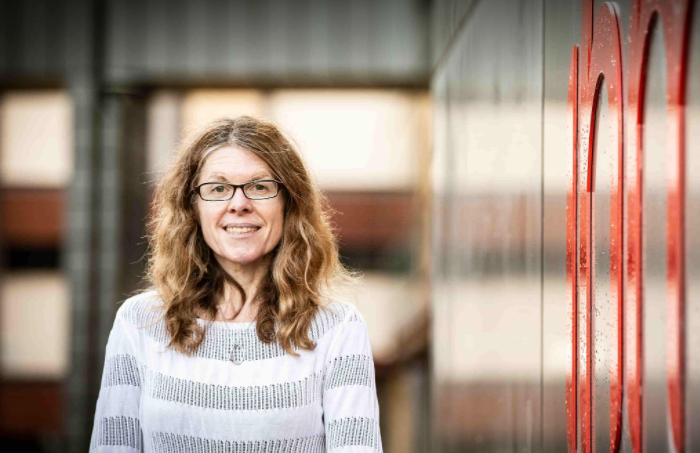Associate Professor Mirella Dottori, from the University of Wollongong (UOW), has been awarded close to $1 million in research funding from the Medical Research Future Fund for a project that will use human stem cells to develop a curative treatment for Friedreich’s ataxia (FA).


Associate Professor Dottori, a researcher in the School of Medicine, affiliated with Molecular Horizons and the Illawarra Health and Medical Research Institute (IHMRI), is the chief investigator on the project and will receive $982,861 over three years from the Medical Research Future Fund (MRFF) and National Health and Medical Research Council (NHMRC) for her ground-breaking research.
Friedreich’s ataxia is a rare genetically inherited disease that causes degeneration within the nervous system and heart tissue. FA affects hundreds of Australians. There is currently no cure for FA and options to treat symptoms are limited.
Associate Professor Dottori has spent almost 20 years researching disease modelling through stem cells, including more than 10 years focusing specifically on research into FA.
“The cause of FA is mutations in a gene called Frataxin, which plays an important role in maintaining cell health. Individuals suffering from FA don’t make enough Frataxin protein in their body, which impacts many tissues, particularly within the nervous system and heart,” Associate Professor Dottori said.
Gene therapy is opening doors to treatments for previously untreatable diseases, and is currently at the forefront as a potential approach to successfully treat this rare genetic disease. The research being led by Associate Professor Dottori is a world-first approach to significantly advance current technologies in gene therapy to treat FA.
“This research is using stem cells as a platform to develop an optimal gene therapy approach to treat FA,” Associate Professor Dottori said.
“Gene therapy uses genetically modified and very safe viruses to deliver genes, proteins or drugs to the body as a therapy. There are many different viruses that can be used for gene therapy, but each virus targets different tissues with varying efficiencies.
“We will use stem cells derived from FA patients to make nerves and heart cells ‘in the dish’, which will be used to screen different and novel gene therapy viruses to determine the optimal virus for delivering Frataxin protein to the nervous system and heart tissues.” Associate Professor Mirella Dottori said.
The grant is a team effort, led by Associate Professor Dottori in Wollongong, it includes collaborators from the Children’s Medical Research Institute at Westmead Hospital, Sydney, the Murdoch Children’s Research Institute and St Vincent’s Institute of Medical Research in Melbourne, the University of Melbourne and The Council of the Queensland Institute of Medical Research.
“This grant is the pinnacle of years of work from all of us bringing together our technologies and expertise to develop and deliver a potential curative therapy for FA,” Associate Professor Dottori said.
While gene therapy clinical trials for treating FA are starting in the USA, the research team believe there are more efficient ways to do this utilising new technology, making treatments more specific and preserving other tissues during treatment – including the liver.
“The current viruses being used in these trials have certain limitations, particularly in terms of tissue targeting. We believe that our platform and technologies can address these limitations and identify novel gene therapy viruses that will deliver more optimal outcomes for FA.” Associate Professor Dottori said.
“Our aim is to develop an optimal gene therapy approach within the next 3 years, which will then be at the doorstep for clinical trials.”
Professor Jennifer L Martin, UOW Deputy Vice-Chancellor (Research and Innovation), congratulated Associate Professor Dottori on receiving the grant.
“I am thrilled for Associate Professor Dottori and the broader research team. The award of this highly competitive Stem Cell Therapies Mission grant funding is testament to the quality of the interdisciplinary research, and to the impact the research outcomes will have on this devastating disease.” Professor Martin said.
The research grant is being administered by NHMRC, on behalf of the Australian Government Department of Health, through the MRFF Stem Cell Therapies Mission grant.
The Stem Cell Therapies Mission supports world-leading stem cell research that develops and delivers innovative, safe and effective stem cell medicines to improve health outcomes that are accessible to all Australians who need them.






































